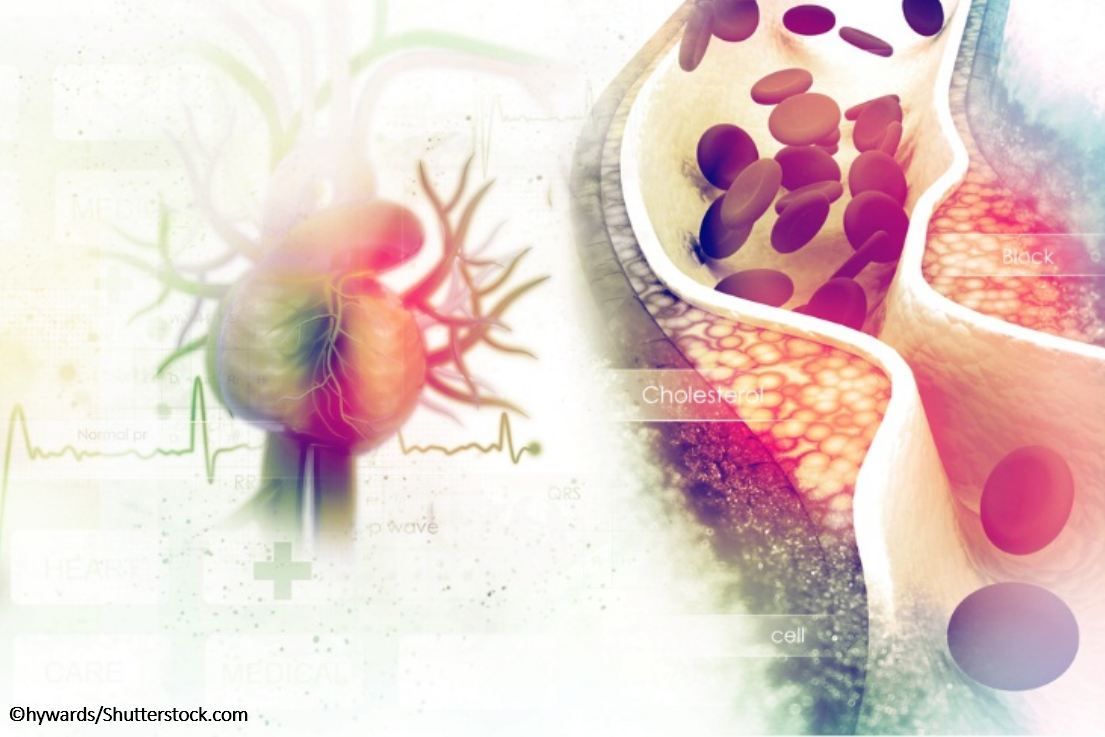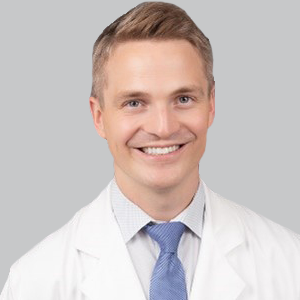Article
Research Suggests LDL Is Actively Transported Into Arterial Walls
Author(s):
Recent findings challenge previous assumptions about the genesis of atherosclerosis.
Image ©hywards/Shutterstock.com

RESEARCH UPDATE
Researchers have shown that a protein called SR-B1 helps actively transport low-density lipoprotein (LDL) particles across arterial walls and that another protein, DOCK4, is required for this process. The net result of the interaction between SR-B1 and DOCK4 seems to be promotion of atherosclerosis, especially in regions of arteries with increased genetic expression of these proteins. Results were published online on April 24, 2019, in Nature.1
“At the start of this work it was surprisingly unknown how LDL enters the artery wall to cause cardiovascular disease,” senior author Philip Shaul, MD, said in a press release.2 Dr Shaul is Director of the Center for Pulmonary and Vascular Biology at UT Southwestern Medical Center in Dallas. “The paper’s findings solve that mystery and counter many scientists’ prior assumption that LDL simply enters through sites of damage or disruption in the single layer of endothelial cells that serves as the artery wall’s protective barrier.”
Scientists have long thought that atherosclerosis starts when LDL particles passively enter arterial walls that have been injured in some way. Results from the new study contradict this belief by suggesting that SR-B1 plays an active role in the process.
Earlier experiments by this team had shown that mice selectively bred to lack the SR-B1 protein in the endothelium had much less atherosclerosis than those who still had SR-B1. SR-B1 stands for scavenger receptor protein class B, type 1, a type of protein that binds LDL.
Further experiments in mice suggested that SR-B1 actively transports LDL particles across the arterial wall and that this process requires binding of SR-B1 to a receptor that recruits DOCK4 (dedicator of cytokinesis 4). Recruitment of DOCK4, in turn, appears to promote internalization of SR-B1–bound LDL particles. The net effect appears to be transfer of LDL from the blood into endothelial cells of arterial walls, where macrophages engulf it, transform into foam cells, and promote atherosclerosis.
Next, researchers looked at areas of the mouse aorta that are prone to atherosclerosis. Results showed higher expression of SR-B1 and DOCK4 in these regions even before atherosclerosis developed, compared with less disease-prone regions of the mouse aorta.
When they analyzed human data from three NIH databases, the researchers found higher levels of SR-B1 and DOCK4 in atherosclerotic arteries compared with normal arteries. The results suggest certain regions of arteries may be more atherosclerosis-prone because of higher genetic expression of SR-B1 and DOCK4 in those areas.
“If you could develop a drug that inhibits SR-B1 or DOCK4, or a gene therapy that silences them in endothelial cells, you could potentially decrease atherosclerosis and, hence, reduce the incidence of coronary artery disease, heart attack, and stroke,” Dr Shaul said. “Such strategies would complement current treatments that lower circulating LDL and be particularly valuable in situations in which LDL lowering is challenging.”2
The next step is to explore potential therapeutic applications of these findings. The team is now investigating whether gene therapy can turn off or decrease expression of SR-B1 or DOCK4 in endothelial cells that line arteries, and whether that can prevent atherosclerosis.
References:
1. Huang L, Chambliss KL, Gao X, et al. SR-B1 drives endothelial cell LDL transcytosis via DOCK4 to promote atherosclerosis. Nature. 2019 Apr 24. doi: 10.1038/s41586-019-1140-4.
2. Cropper CM. Researchers learn how ‘bad cholesterol’ enters artery walls in condition linked to world’s No. 1 killer [press release]. Dallas, TX: The University of Texas Southwestern Medical Center. April 24, 2019. Accessed May 9, 2019.





